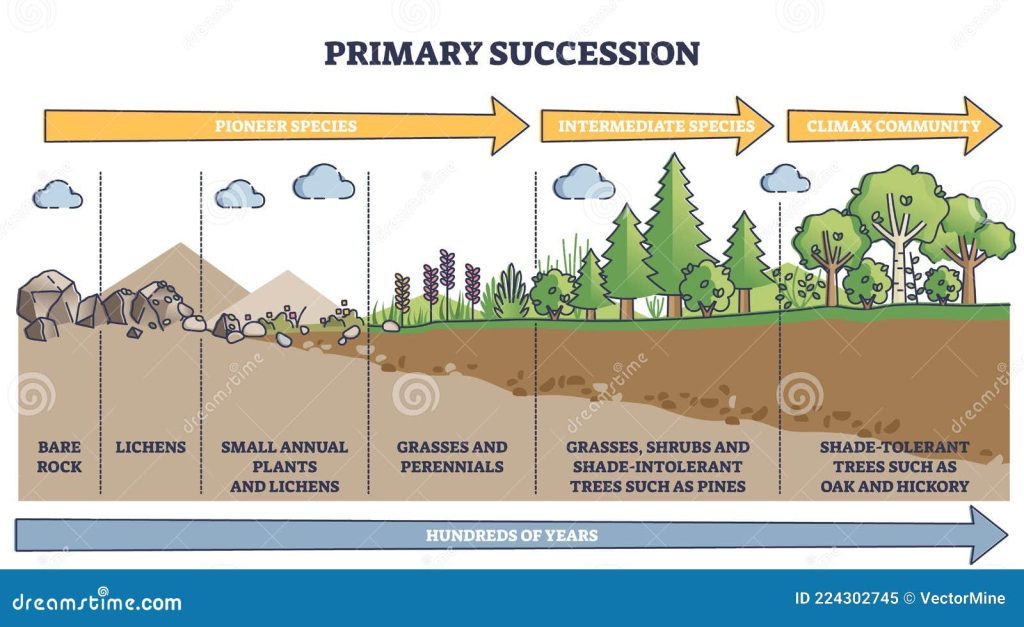Calendar Items:
UPCOMING EVENTS: Just because it’s nice to know, here is the next month or so I’ve got planned. (All plans are subject to change, of course.)
Jan 25th- Mini-lessons by Esther Hunsaker and Joy, Sister Mock teaches ecological succession
Feb 1st – Mini-lessons by Esther Levie and Rebecca, Brother Williams teaches medicinals
Feb 8th – Guest speaker on bees and pollinators, Sister Mock leads the international honey tasting competition – I am so excited for this! I will try not to each all 12 types of honey before Feb 8th.
Feb 15th – Guest speaker on native plants, Brother Williams teaches last installment of medicinals, AND 3-4 nature journal pages and 2 reaction papers due!!!
Feb 22nd – Mini-lessons by Liberty and Ivan, Brother Williams takes second hour.
Homework items:
READ 10 Essential Herbs chapter 7 (pages 181-202) on Ginger AND Appendix A (pages 299-303) on People Paste
READ as catch-up or review as needed Botany in a Day pages 1-21. (For those from last semester, this would be an EXCELLENT review that we probably all need. For those new THIS semester, don’t be overwhelmed. It’s a lot of information, but we won’t test you. Probably.)
USE your medicinal powders this week if you can and report back and tell us how it went!! (Don’t go wounded people on purpose just so you can use the people paste!!)
WATCH the following videos about ecological succession…
- There are TWO videos found on this link. They are sort of hidden on the left hand side. Watch the one that looks like a forest fire FIRST, and then the underwater video. You are welcome to browse the article as well if you want. https://www.britannica.com/science/ecological-succession
2. Crash Course Ecology.. Feel free to watch this TWICE. Watch it one regular speed, and then slow him down for the second time through. This guy talks FAST, and he covers a lot of cool information that you probably don’t want to miss. You could even take notes…
3. This link goes to a video that is a LOT longer (55 minutes), super old, and is actually about a volcanic eruption. BUT it is a fabulous documentary, my parents and older siblings lived through this (I missed it by one year), I’ve been to the site since it happened, and the ecological succession near the end of the video is so well documented. I think it’s important to see how this works in real life. This is a YouTube link, but you can also find this documentary on Amazon Prime for free. https://www.google.com/search?client=firefox-b-1-d&q=youtube+fire+mountain+eruption+and+rebirth+of+moutn+saint+helens#fpstate=ive&vld=cid:e0ffe939,vid:ERDwmInousw,st:0
You MAY count this video as one of your semester documentaries and turn in a reaction paper about it if you want.
As a last minute side note: We didn’t spend as much time reviewing nature journals last Thursday as I thought we would, so I’m going to take a minute here. Nature journals can be one page or a two page spread (still counts as one entry if it’s about the same thing.) Always include your metadata (date, time, weather, location, etc.) and words (descriptions, thoughts, questions, ponderings, even poetry and quotes), pictures (drawings and diagrams – get close up views, far away views, draw your specimens from more than one angle, etc.) and numbers (how many? how far apart? how tall? how big? how heavy? etc.).
The value of your nature journal is to help you take the time to slow down and really notice and really observe. In order to draw something you have to REALLY look at it. That is what we want. Take time to question what you are seeing and come up with hypotheses about why things are the way they are. Make connections with what you observe and what you already know. Also, try journaling different things: everything in a small plot of land, one species, compare and contrast similar items like pine cones from various pine trees, a collection of things like just the flowers you see or a variety of leaves you find, record a plant in it’s various stages – rose plants are easy for this one, find a bud, an emerging bud, a flowering blossom, and dying blossom, and a rose hip, etc. You can journal any wildlife you see as well, though they are harder to make sit still so you can draw them! We aren’t covering geology, but there is no reason why you can’t journal the rocks and minerals you find – anything you find out in nature (even if it’s just your backyard or a park down the street -or even the park strip in front of your house) can be nature journalled. If you have any more questions, let me know!
